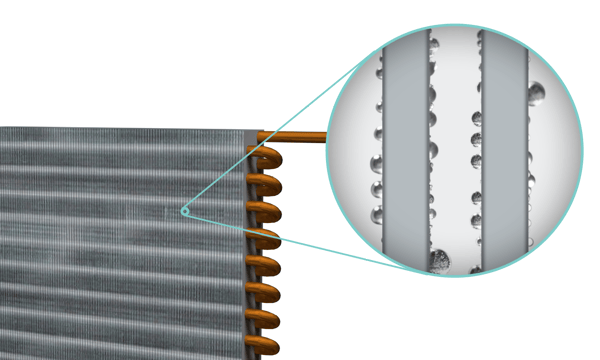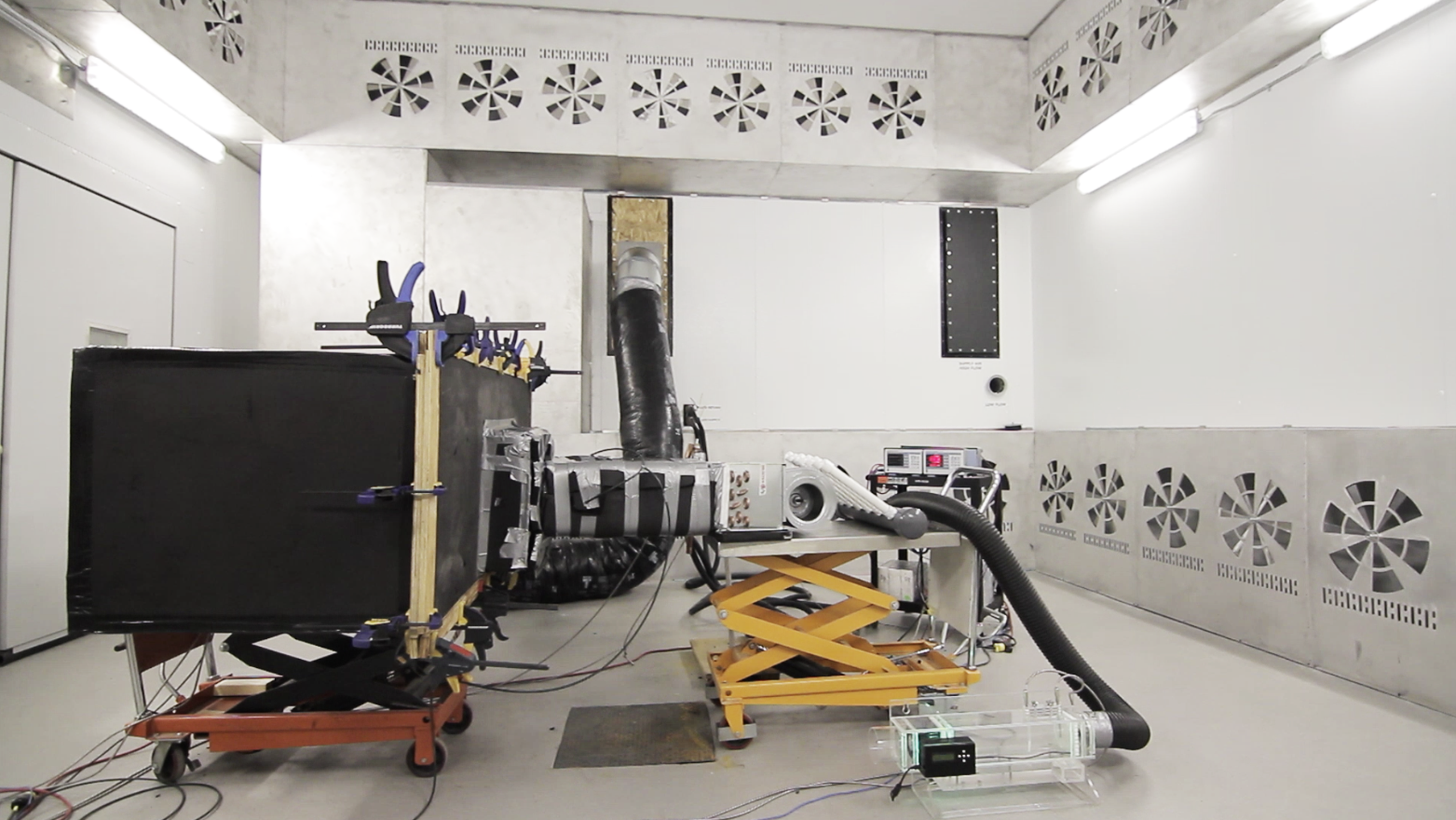Low temperature overhead air distribution (also called cold air distribution) supplies cooling air to the occupied space with an entering air temperature typically between 40°F and 50°F [4.4 and 10°C]. This contrasts to the “typical or conventional” overhead air distribution cooling supply air temperature between 50°F and 59°F [10 and 15°C].

The premise behind the consideration of cold air distribution is often the possibility of reduced mechanical system costs and reduced system energy.
This is not a new technique, but one that comes back into consideration on occasion. When it was first used, the cold air systems were applied in spaces ranging from hospitals to residential applications with supply air temperatures as low as 36°F [2.2°C]. The current standard supply air temperature is considered to be 55°F [12.8°C] and evolved to this temperature to allow space relative humidity in the range of 50% to 60%, while maximizing chilled water systems and chiller efficiencies.
BENEFITS
Low temperature air distribution has several benefits over conventional systems (Kirkpatrick & Elleson, 1996).
- Mechanical equipment first cost can be reduced. Since low temperature air and water transport more energy per volume, lower flow rates are required. This results in smaller fans, air handlers, ducts, chilled water pumps, and piping.
- Building structural first cost can be reduced. Smaller mechanical equipment reduces the size of mechanical rooms and duct risers. Smaller ducts and pipes reduce the required ceiling plenum heights, reducing the overall building heights. Rentable floor space is also increased due to the smaller mechanical equipment.
- Building operating costs can be reduced. In addition to the savings from off-peak chiller operation, fan and pump energy is reduced due to smaller units and lower supply volumes. Low temperature air distribution systems typically maintain space relative humidity levels of 35% to 45% compared to 50% to 60% for conventional systems. At this reduced humidity level, space dry bulb temperatures can be increased 2°F [1°C] to 3°F [2°C] above conventional room set-points with little or no change in occupant perception of thermal comfort. This results in an additional reduction in cooling energy.
- Cold air systems can be an effective method when renovating spaces to handle higher thermal loads, as the ductwork and supply air fans might not need to be replaced.It should be noted that the most important factor affecting operating cost savings with low temperature air distribution systems is often the local utility rate structure.
DESIGN CONSIDERATIONS
Common concerns are condensation, thermal comfort, and indoor air quality.
CONDENSATION
This risk is dependent upon the zone humidity level and the HVAC system design for the return air. All surfaces that may have temperatures below the ambient air dew-point temperature need to be well insulated and sealed against moisture penetration. This includes air handling units, ductwork, terminals, and air outlets. This is particularly concerning in areas that may experience rapid changes in relative humidity, such as atrium spaces near openings to the outside in humid climates.
When an open plenum return is used for the return air path to the air handling equipment, the dew-point temperature in the occupied space and the ceiling plenum space are not dissimilar. When a ducted return is used, the ceiling plenum space may experience a higher dew-point temperature because of the stagnant air and the possibility of moisture gain, due to penetration through the building envelope. This is particularly concerning in humid climates.
Another concern is the potential for condensation on the face of the air outlet, or, in the case of an active chilled beam, the nozzle plate used for room air induction through the cooling coil of the active chilled beam.
In both cases, it is critical that the device is properly insulated and tested to provide good mixing of room and supply air. It is also important to verify that the low supply airflow conditions will maintain a horizontal air discharge pattern that is attached to the ceiling without the risk that cool air will penetrate the occupied zone, leading to a thermal complaint by the occupant.

Price Research Centre North Psychrometric Chamber for testing wide range of temperature and humidity set points
THERMAL COMFORT
When selecting the air outlet device, care must be taken to properly size the outlet to prevent short throws, which may lead to inadequate mixing and low room air motion. This often results in thermal stratification and stagnant zones in the occupied space.
INDOOR AIR QUALITY
No matter the supply air temperature, the indoor air quality must be maintained by supplying the appropriate volume of outside air. This may result in zones having the need for reheating to minimize overcooling. This should be carefully analyzed. Overall, cold air distribution is not very different from the conventional overhead air distribution. For more information on this and other topics, please see the Price Engineer’s HVAC Handbook, or email beamteam@priceindustries.com or grd@priceindustries.com for specific beams or GRD questions.



